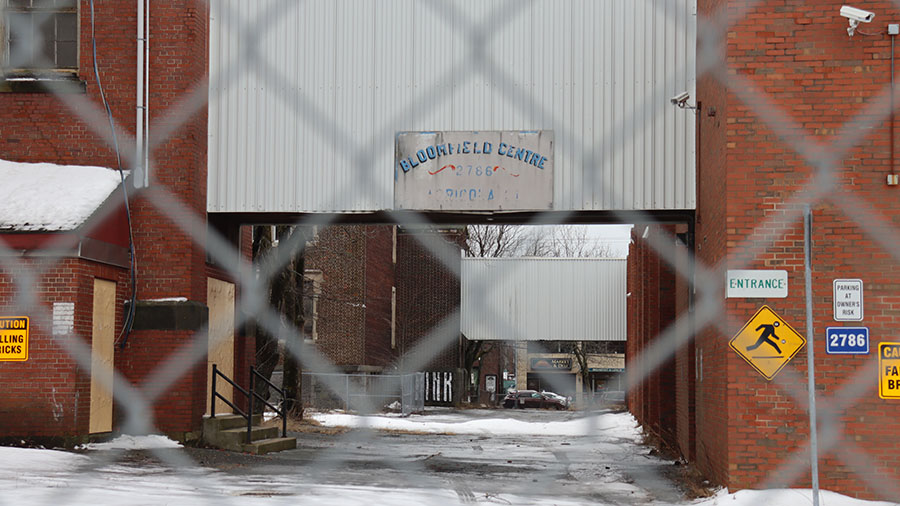
KJIPUKTUK (Halifax) – Halifax’s new council has some important decisions to make. But one of the first ones is how to spend the federal government’s $8.7 million on affordable housing within the next year. Council has a month to come up with a plan
Jen Powley, writer, urban planner and former candidate for Halifax council, has made a brilliant suggestion here. As did Robert Devet, the editor of the Nova Scotia Advocate here. Why not use the old Bloomfield School and community site to situate affordable and accessible housing? Perhaps the existing buildings could be retrofitted. If not, the money could be used for building townhouses or a low-rise apartment building. As far as we know, Bloomfield has not been sold yet to a developer—it is handy to downtown Halifax, and on many bus lines.

Why pay developers to build affordable housing?
Will HRM Council support that brave idea? Maybe not. Maybe the old guard on council prefers to pay local developers to supply the housing. To be clear, that would mean public money going to subsidize private developers to supply Haligonians with affordable housing. If so, the city would divide up the $8.7 million and parcel it out to developers willing to lease ten or more apartments at affordable rents in the developers’ almost completed, near-luxury high-rise buildings. In this way, the city would hand over the federal grant more or less directly to the developers.
Another idea is that the city approaches the three largest universities in HRM– all of which have student residences either not in use or under-used in these Covid-times. HRM could rent the first three floors of various student residences, and pay to convert them into one or two bedroom apartments. That way, some money will go to help out the universities, which can then rent out the apartments to families in the now “mixed” neighbourhood of the university campus. The universities will then be able to collect rents, and have at least part of their buildings occupied. The universities might like that idea.
Greenfield site could turn into a low income ‘ghetto’
Finally HRM could use a piece of land it already owns, an out of the way undeveloped site often dubbed a Greenfield site. The city could build about 50 townhouse or apartment units which could then be rented out at affordable rents. Canada Mortgage and Housing Corporation (CMHC) says affordable rent means rent that is no more than 30% of a household’s gross income. But the city has to be careful not to make the new site a low-income ghetto; mixed housing is a better idea. The city must also ensure reliable bus service to the new housing development – as most low income people don’t have cars and rely on transit.
These are four ideas of what and how HRM could use the $8.7 million they have been allocated for housing. Which one do you think HRM will go for? My bet is on giving money to private developers to each provide a handful of affordable apartments in their new buildings. Unfortunately, this is the worst idea – after all why do we have to spend good public money to woo developers to provide us with affordable housing? It’s time we did it ourselves. Powley’s plan is the best.
Judy Haiven is on the steering committee of Equity Watch, a Halifax-based organization which fights bullying, racism and discrimination in the workplace. You can reach her at equitywatchns@gmail.com
With a special thanks to our generous donors who make publication of the Nova Scotia Advocate possible.
Subscribe to the Nova Scotia Advocate weekly digest and never miss an article again. It’s free!



